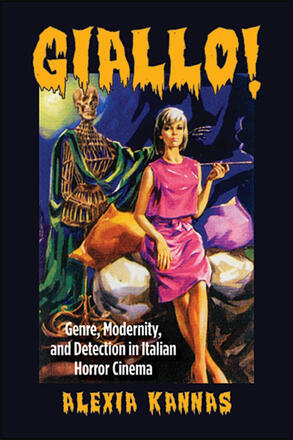
Giallo!
Genre, Modernity, and Detection in Italian Horror Cinema
Alternative formats available from:
Traces the giallo mystery/horror genre from its genesis in Italian cinema of the 1960s and 1970s to its contemporary place in the global cult-film canon.
Description
Italian giallo films have a peculiar allure. Taking their name from the Italian for "yellow"— reflecting the covers of pulp crime novels—these genre movies were principally produced between 1960 and the late 1970s. These cinematic hybrids of crime, horror, and detection are characterized by elaborate set-piece murders, lurid aesthetics, and experimental soundtracks. Using critical frameworks drawn from genre theory, reception studies, and cultural studies, Giallo! traces this historically marginalized genre's journey from Italian cinemas to the global cult-film canon. Through close textual analysis of films including The Girl Who Knew Too Much (1963), Blood and Black Lace (1964), The Bird with the Crystal Plumage (1970), The Black Belly of the Tarantula (1971), and The Case of the Bloody Iris (1972), Alexia Kannas considers the rendering of urban space in the giallo and how it expresses a complex and unsettling critique of late modernity.
Alexia Kannas is Lecturer in Media and Cinema Studies in the School of Media and Communication, RMIT University in Melbourne, Australia. She is the author of Deep Red.
Reviews
"…[Kannas] offers fresh insights into the giallo film—especially concerning its use of excess and decadence to register the last gasp of modernity and modernism—that make the volume valuable to those interested in cult movies and popular Italian cinema." — CHOICE
"This is a distinctive text that crosses the boundaries of national cinema, popular forms, theoretical works of modernity and modernism, and spectatorship. Kannas does an excellent job of blending different aspects of film and cultural theory, reception, and textuality. It's a pleasure to read." — Marcia Landy, author of Stardom, Italian Style: Screen Performance and Personality in Italian Cinema